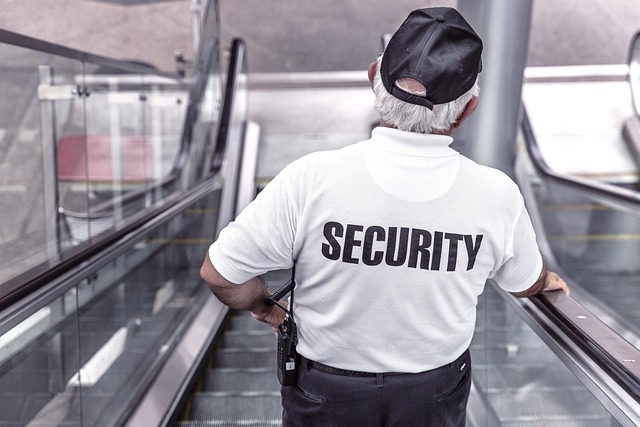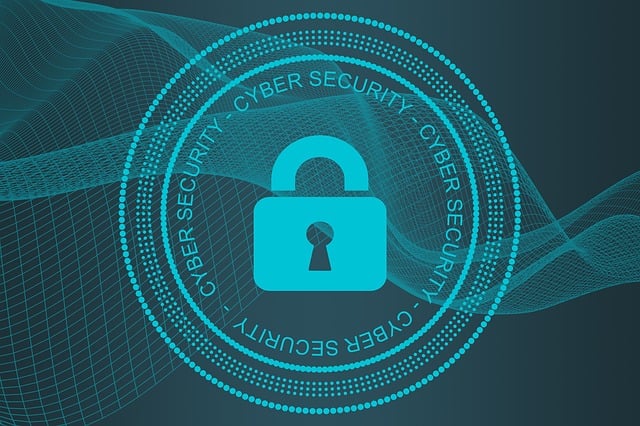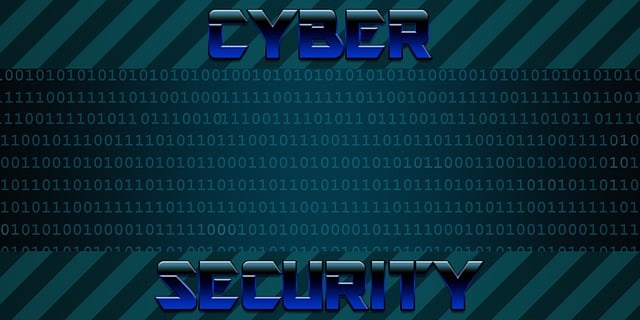In the dynamic security industry, security industry compliance is paramount for protecting individuals, assets, and sensitive information. Effective credential verification scrutinizes educational backgrounds, certifications, licensing, and experience to ensure skilled security workers. This enhances operational reliability, boosts public confidence, and improves risk mitigation and emergency response. Stricter verification practices align with legal frameworks, fostering a culture of safety and integrity. Staying updated with regulations is crucial for adapting practices, ensuring secure environments, and maintaining client and employee trust. Technological advancements, such as digital platforms and tools, streamline compliance processes, while continuous monitoring, training, and exposure to industry trends further strengthen security standards.
In today’s world, ensuring robust security measures is non-negotiable, especially with the ever-evolving threats. Verifying the credentials and qualifications of security workers is a cornerstone of security industry compliance. This article delves into the critical aspects of this process, exploring legal frameworks, essential verification elements, efficient check methods, the role of technology, and best practices for continuous improvement. Understanding these components is key to maintaining a secure environment in the security industry.
- Understanding the Importance of Security Worker Credentials Verification
- Legal and Regulatory Framework for Compliance in the Security Industry
- Essential Elements of a Comprehensive Credential Verification Process
- Efficient Methods to Check and Maintain Security Personnel Qualifications
- The Role of Technology in Streamlining Security Industry Compliance
- Best Practices for Continuous Monitoring and Improvement
Understanding the Importance of Security Worker Credentials Verification

In the dynamic landscape of the security industry, ensuring compliance and maintaining the highest standards is paramount to safeguarding individuals, assets, and sensitive information. Verifying the credentials and qualifications of security workers stands as a cornerstone in this pursuit. This meticulous process involves scrutinizing educational backgrounds, certifications, licensing, and prior experience to ensure they possess the necessary skills and expertise for their assigned roles.
Effective verification not only boosts the reliability of security operations but also instills public confidence. It plays a pivotal role in mitigating risks, preventing unauthorized access, and responding efficiently to emergency situations. By adhering to stringent credential verification practices, organizations can confidently rely on their security workforce, aligning with broader industry compliance standards and fostering an environment of safety and security.
Legal and Regulatory Framework for Compliance in the Security Industry

In the dynamic landscape of the security industry, ensuring compliance with legal and regulatory frameworks is paramount for maintaining safety standards and public trust. Each jurisdiction establishes its own set of rules governing security operations, focusing on aspects like licensing, training, and background checks. These regulations are designed to protect individuals and businesses from potential risks associated with poorly vetted or unqualified personnel. Compliance involves a rigorous process where security companies must verify the credentials and qualifications of their workers, ensuring they meet the required standards. This includes verifying educational backgrounds, training certificates, and any relevant certifications specific to the industry.
Security industry compliance is not just about adherence to laws; it’s a cornerstone of fostering a culture of reliability and integrity. By implementing robust verification systems, companies can safeguard against potential security breaches and maintain their reputation. Stay updated with evolving regulations to adapt practices, ensuring a secure environment for clients and employees alike.
Essential Elements of a Comprehensive Credential Verification Process

In the dynamic landscape of the security industry, ensuring compliance and maintaining high standards is paramount. A comprehensive credential verification process forms the cornerstone of this effort. This involves meticulously scrutinizing various elements to validate the authenticity and competence of security workers. Firstly, a robust system for document checking is imperative. This includes verifying identification documents, licenses, certifications, and any relevant training records. The process should be digitalized to facilitate efficient cross-referencing with trusted databases, ensuring accuracy and timeliness in verification.
Moreover, background checks are an indispensable component. These thorough investigations delve into the individual’s history, including criminal records, employment verification, and reference checks. By integrating advanced technology for data analysis, potential risks or discrepancies can be promptly identified, enhancing the overall security posture. Regular updates to these checks ensure that any changes in an employee’s background are captured, fostering a culture of accountability within the security industry compliance framework.
Efficient Methods to Check and Maintain Security Personnel Qualifications

Staying up-to-date with security industry compliance is paramount for any organization employing security personnel. One effective method to ensure qualifications and credentials are valid is through regular, structured verification processes. This can include cross-referencing IDs against trusted databases, utilizing digital verification tools that check certifications and clearances, and implementing a robust internal tracking system.
Regular training sessions and recertification programs also play a crucial role in maintaining standards. By encouraging continuous learning and updating skills, organizations ensure their security personnel are equipped to handle evolving threats and industry best practices. This holistic approach not only meets compliance requirements but also bolsters the overall effectiveness of the security team.
The Role of Technology in Streamlining Security Industry Compliance

The advancement of technology has significantly revolutionized the way the security industry ensures compliance with regulations and standards. Digital platforms and tools play a pivotal role in streamlining the verification process of security workers’ credentials and qualifications, making it more efficient and accurate. Online databases and secure digital portals allow for quick cross-reference checks against government records, professional bodies, and licensing authorities. This technology enables employers to verify an individual’s background, skills, and certifications with just a few clicks, saving time and resources compared to traditional manual methods.
By leveraging these technological advancements, the security industry can maintain higher standards of integrity and professionalism. Real-time data validation reduces the risk of human error and ensures that only qualified individuals are granted access to secure facilities. This streamlined compliance process not only enhances overall security but also fosters public trust in a sector that demands the highest levels of accountability and expertise.
Best Practices for Continuous Monitoring and Improvement

In the dynamic landscape of the security industry, where threats evolve as swiftly as technology, continuous monitoring and improvement are non-negotiable for maintaining robust security standards. Regular, unannounced audits of security personnel should be conducted to ensure ongoing compliance with industry regulations and best practices. These assessments go beyond mere verification of credentials; they involve testing operational procedures, crisis management skills, and adherence to ethical guidelines. By integrating advanced technology like biometric authentication and digital skill-assessment platforms, organizations can streamline the monitoring process while enhancing accuracy and efficiency.
Moreover, fostering a culture of continuous learning within the security workforce is paramount. Regular training sessions, workshops, and exposure to diverse security scenarios not only update skills but also keep professionals engaged and adept at handling modern challenges. Staying attuned to industry trends, new technologies, and emerging threats through webinars, research papers, and professional networks enables security personnel to contribute meaningfully to overall organizational security compliance.
